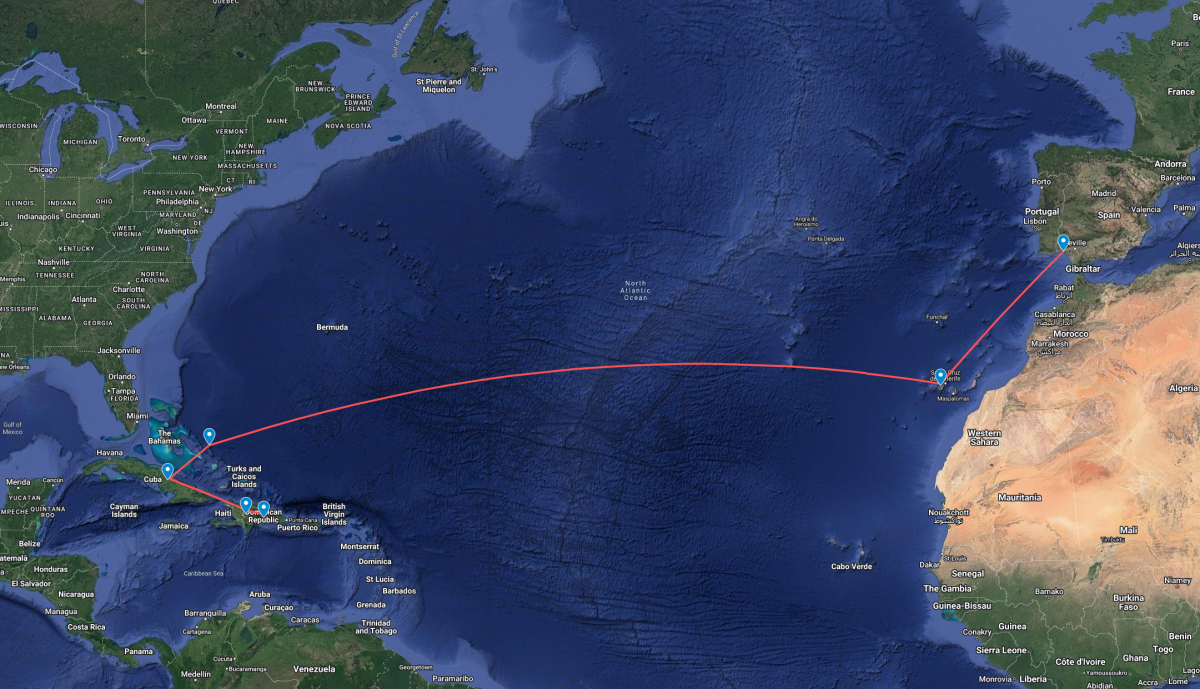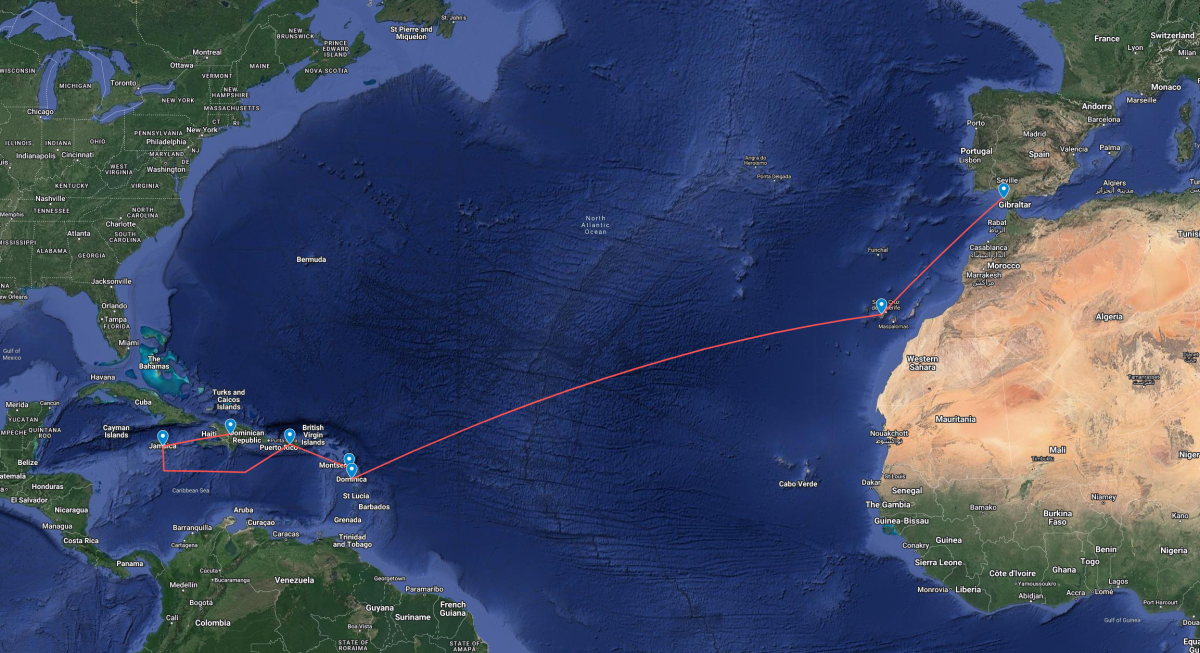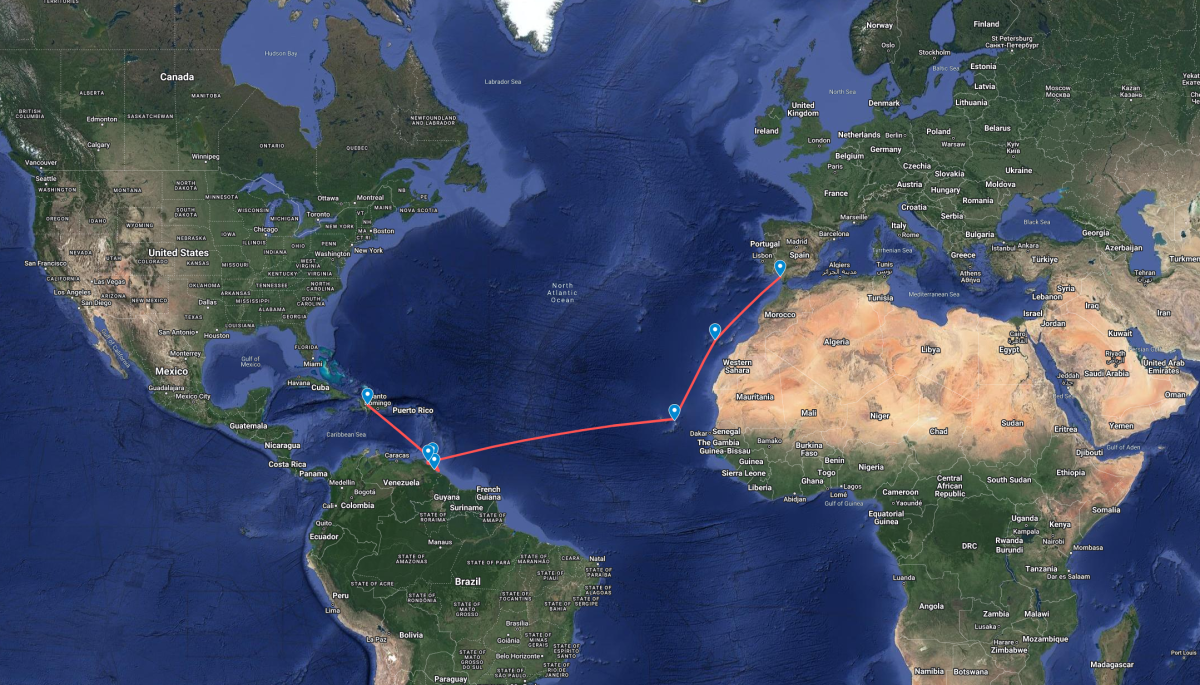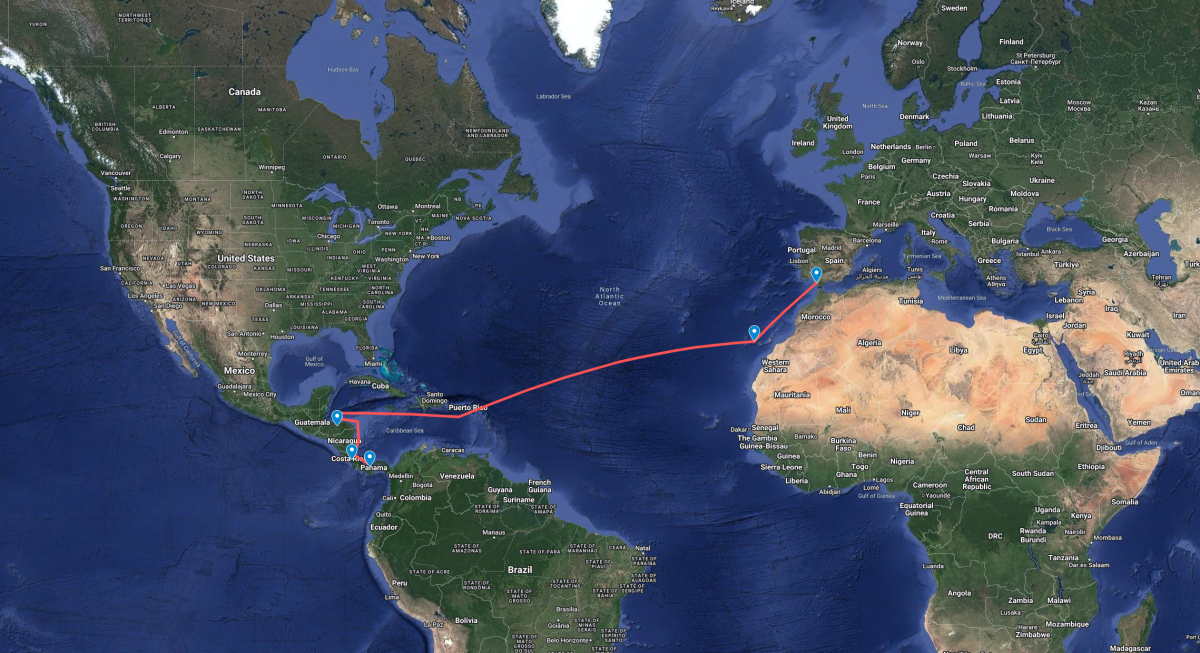Follow any one of the four voyages of Christopher Columbus, an Italian explorer born in Genoa in 1451; he is renowned for his voyages across the Atlantic Ocean under the auspices of the Catholic Monarchs of Spain. His expeditions, which began in 1492, were pivotal in the European exploration and colonization of the Americas.
Key Voyages
Achievements and Impact
Controversies and Legacy
Death
Columbus’s voyages fundamentally altered the course of world history, opening up the Americas to European exploration and eventual colonization, which had profound and lasting impacts on global demographics, economies, and cultures.
Christopher Columbus’s voyages followed a general westward route across the Atlantic Ocean, intending to find a direct path to Asia. Here’s an overview of the routes he took on his four major voyages:
First Voyage (1492-1493)
Departure
Route
Return
Second Voyage (1493-1496)
Departure
Route
Return
Third Voyage (1498-1500)
Departure
Route
Return
Fourth Voyage (1502-1504)
Departure
Route
Return
Columbus’s routes primarily involved sailing westward from Europe to the Caribbean and Central American coasts, leveraging prevailing trade winds and currents. His navigational skills, though aimed at reaching Asia, inadvertently led to the widespread exploration and eventual colonization of the Americas.





